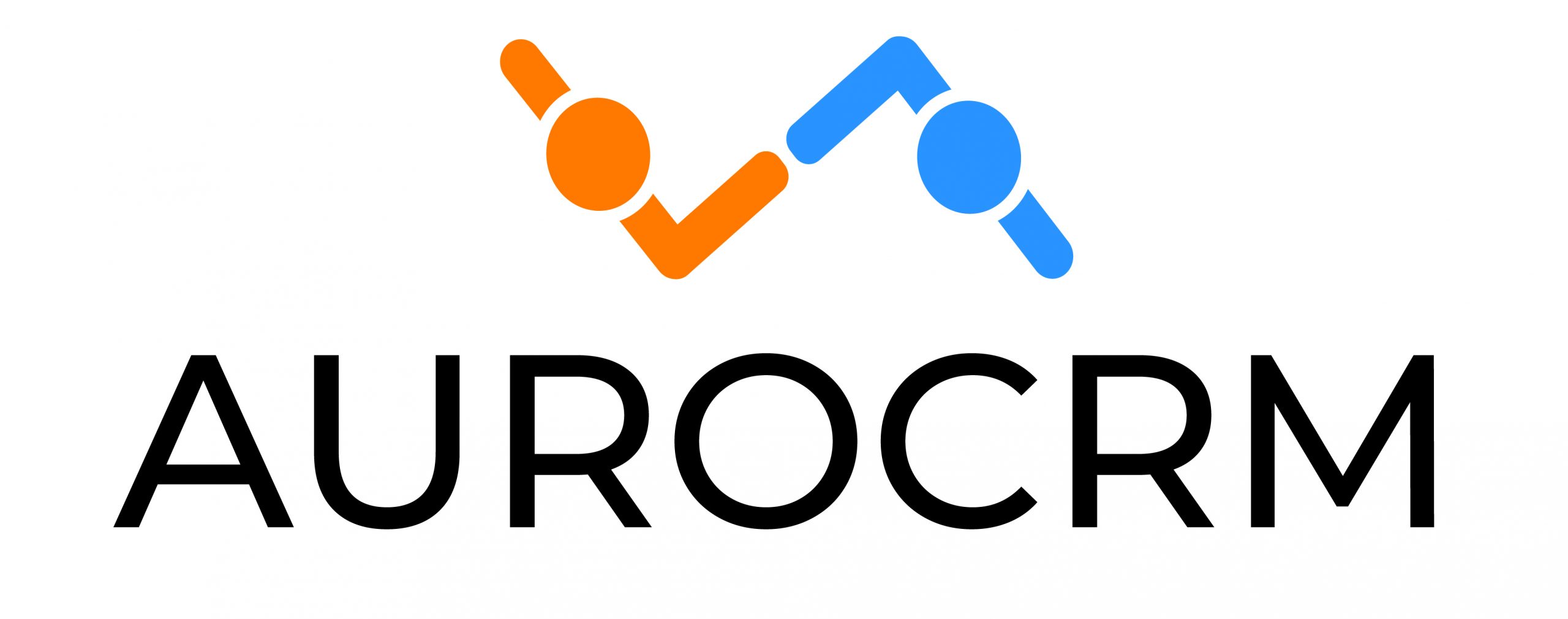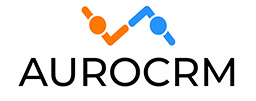Do CRM projects meet their goals and fulfil their potential?
Analysts and academics have been asking corporate executives this question for years, and the answer is always the same: Not really!
Experts vary on the extent to which CRM implementations are successful. According to a 2001 Gartner survey, 50-70 percent of all CRM projects failed or did not improve organisational performance. Since then, several studies have estimated success rates ranging from 20% to 80%, depending on how firms define success and failure. Only about half of CRM projects really “go live,” meaning they are used by business users. Those that use it are frequently unsatisfied with the results.
Why do CRM implementations fall short of their objectives? Here are a few of the most common reasons why CRM programmes fail, despite the greatest of intentions, efforts, and investments.
1. Not having clear-cut organizational goals
CRM implementations fail for a variety of reasons, one of which is the lack of a stated goal. As a result, having a defined roadmap established to reach particular goals and targets is critical for effective CRM projects.
CRM must be in sync with the company’s entire strategy in order to be effective. A prerequisite for this is having clear primary and secondary goals that the CRM platform must help you achieve.
Companies, for example, may set goals such as “minimise client turnover” or “complete every deal in the pipeline.” Unfortunately, these goals are vague, lacking in dates, measurements, or a plan of action, making them prone to failure.
How to fix the problem?
Use these 5 measures to make your goals more meaningful.
- Specific: What exactly will you accomplish? What actions will you take? “decrease customer churn by improving communication between our support teams and our customers”
- Measurable: What data will you use to measure this goal? “15% reduction in customer churn, first response within 15 minutes”
- Achievable: How realistic is this goal? Do you have the resources you need to accomplish it? “4-member, 24/7 support team in place”
- Relevant: Why does this goal matter? How does it fit in with your broader business objectives? “increase customer loyalty.”
- Timely: By when will you reach this goal? “by the end of next quarter.”
2. Inadequate ways to measure performance metrics
Not having a proper plan to measure performance metrics will give you a vague idea about your CRM’s performance, and you might end up thinking that your CRM is not adding any value to your business.
How to fix it
- List key business metrics: Map your business goals to measurable metrics, e.g. 40% increase in lead conversion, 80% of customers rate themselves as promoters (using an NPS survey) etc.
- Benchmark: Measure and record your performance metrics before you implement your CRM solution.
- Compare objectively: Once your CRM system is in place and being used, measure the same metrics and plot the trend over time.
- Iterate and improve: Use performance data to identify areas of improvement, and set a continuous improvement process in place.
3. Not involving actual users in the decision-making process
A CRM will not automatically generate revenue, deliver insights, build brands and drive customer relationships without a knowledgeable team that is applying proven capabilities to use the software.
According to Insight Managing Consulting, 64 % of CRM implementation effectiveness depends on the organization’s personnel.
Spending thousands of dollars on a CRM solution is meaningless if the users lack the knowledge and motivation to use it. Because they lack the expertise and willingness to do so, users may choose not to use the software and keep to their previous work patterns. As a result, they will be unable to meet their key goals of implementing a CRM solution and demonstrating its efficacy to the rest of the organisation, putting themselves and the software at a disadvantage.
How to fix the problems?
- Before choosing a CRM platform or implementing a custom CRM solution, get the potential users of the CRM software on board by explaining the benefits and reasons to use CRM software – how their work can be simplified, how the software will address their pain points, and the potential business benefits.
- Do a pilot run of 2 or 3 CRM alternatives in small teams, let the users try them out, observe their usage, take their feedback in terms of productivity and ease of use, and also their preferred choice.
- Identify evangelists and let them lead a first wave of CRM adoption in their teams.
- Document and promote early success stories, and roll the CRM across the organization gradually.
4. Customization issues
CRM systems, as we all know, should be linked to corporate objectives and goals. But what if the software is not flexible enough to meet your evolving business needs?
If your CRM solution isn’t customizable, you’ll have to deal with many issues, including the inability to add new features or tweak key workflows. You might have to compromise on your objectives and strategies, and restrict yourself to the limited feature set of your CRM software.
How to fix the problem?
- Identify how different and unique your processes are to your business and then choose a CRM that performs above and beyond basic CRM tasks.
- Make sure the CRM you use can be quickly customized and evolves to meet the changing needs of your organization, so your strategy does not have to be based on a limited set of features.

Fully customizable open source CRM software
Supercharge your sales, marketing, and customer support workflows.
5. Not building an ecosystem for CRM adoption
Managing customers is one of the many cogs of an enterprise wheel. There are other business goals (beyond focusing on customer success), and other software systems (like ERP and HRMS). The CRM initiative needs to play friendly with these other influencing elements.
Even more important is the entrenched enterprise culture that determines the way people in an organization approach work and continuous improvement.
When a new CRM solution is implemented, the focus on customer centricity and success increases. Other parts of the organizational ecosystem have to adapt and adopt this new parameter as well. Customer focus cannot just be restricted to CRM workflows.
How to fix the problem?
- Add customer success goals and objectives (in some form) to every business unit across the enterprise. This allows the entire organization to organically engage with CRM workflows enabled by the CRM solution.
- Start building a culture of data-driven decision making. CRM software primarily enables a mindset shift from adhoc and gut-feel to objective decisions built around analysis of data. Its a mindset shift that has to be supported across the organization.
6. Lack of strong push from leadership
The CXO leadership has a lot on their mind. Priorities are also driven by the background of CXO leadership – often skewed towards technology and engineering, sales, marketing, or design.
Customer success and CRM initiatives come across as important, but nice to have, and are often delegated to the next rung of leadership.
If the push from leadership is not strong enough, CRM projects can struggle to overcome initial struggles, and get the initial escape velocity they need to get into an orbit where they can make a real difference.
How to fix it?
- Customer Success and CRM initiatives have to be championed by one of the top senior leaders.
- CRM-linked goals and metrics must be added to all leadership functions, so that it gets the initial serious traction it needs.
- Customer-facing people need to be rewarded, awarded, and motivated.
7. Insufficient focus on Change Management
Regardless of type and size, every company has to change when a CRM gets implemented, irrespective of the stage of its development or the industry in which it operates.
Not setting a realistic time frame for change, often going after too much, too soon, can derail a CRM implementation. Without a change management strategy, here’s what you can expect when you launch:
- 20% of users will be ready to work, willing, and able to use the CRM
- 30% of users will need some assistance and handholding but will be proficient within a couple of months
- 50% of users will continue to operate as if the CRM tech doesn’t exist at all
How to fix the problem
- Chalk out a clear strategy and rollout plan for each CRM user, and everyone likely to be impacted, directly or indirectly, by the CRM implementation.
- Allow users to start slowly, and set initial goals that are not too difficult to achieve. This helps build positivity and confidence.
- Gamify the rollout, to build traction and increase adoption organically.
- Be prepared for initial setbacks and challenges.
Conclusion
You do not have to become a CRM failure statistic. When planned and implemented well, a CRM platform or solution can be a valuable tool for improving the efficiency and success of your customer relationships.
As long as you are aware of some of the common reasons why CRM projects fail, you can take the steps required to mitigate, side-step or nip them in the bud.
Select a CRM platform or solution that can match your organizational workflows, capabilities, processes, and goals.

Fully customizable open source CRM software
Supercharge your sales, marketing, and customer support workflows.
